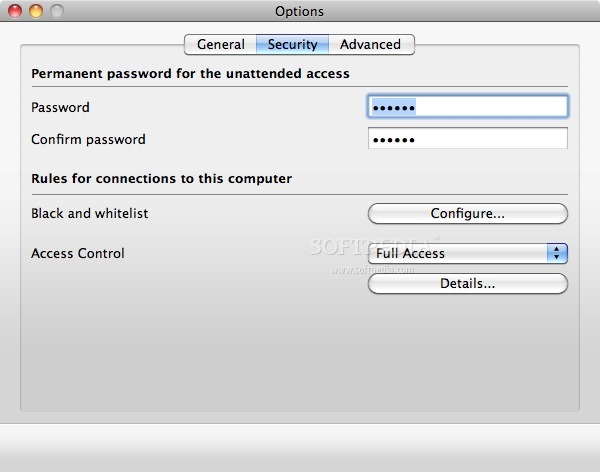

While in most cases an attacker requires an existing session on a system, if the registry/configuration keys were stored off of the machine (such as in a file share or online), an attacker could then decrypt the required password to login to the system. The latest version still uses the same key for OptionPasswordAES but appears to have changed how the Unattended Access password is stored. Sometimes publishers take a little while to make this information available, so please check back in a few days to see if it has been updated. When I connect to any remote host (Mac, Windows Server 2012, etc. I have updated my TeamViewer software, all drivers and Windows updates. Detailed descriptions of the new TeamViewer 14 functionalities as well as the software. If anyone has any ideas, Id love to hear them. With versions before v9.x, this allowed for attackers to decrypt the Unattended Access password to the system (which allows for remote login to the system as well as headless file browsing). We don't have any change log information yet for version 2 of TeamViewer. TeamViewer Host is used for 24/7 access to remote computers. If an attacker were to know this key, they could decrypt protect information stored in the registry or configuration files of TeamViewer. It used a shared AES key for all installations since at least as far back as v8, and used it for at least OptionsPasswordAES in the current version of the product. TeamViewer Desktop through allows a bypass of remote-login access control because the same key is used for different customers' installations.


 0 kommentar(er)
0 kommentar(er)
